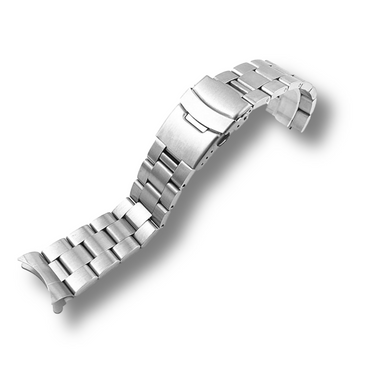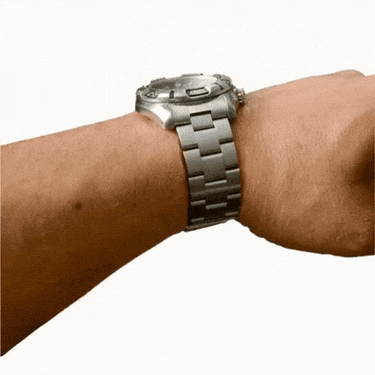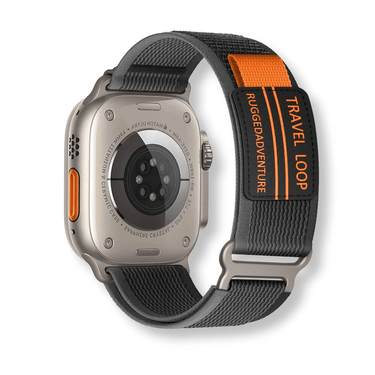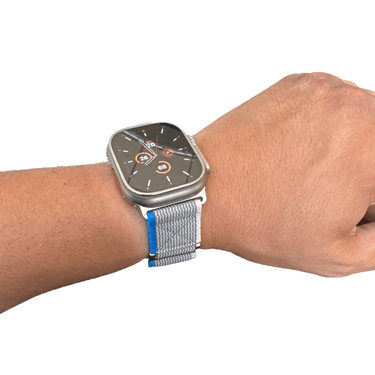Introduction: Why Watch Winder Maintenance is Crucial
Hook: Have you ever wondered why your automatic watch stops working even when you haven't taken it off?
There's nothing quite as frustrating as putting on your favorite automatic watch, only to realize that it has stopped ticking. You know for sure that you didn't take it off, and yet here it is, not functioning.
The culprit? Lack of movement.
Automatic watches rely on the motion of the wearer's wrist to keep ticking. When they're not in use, they can stop working altogether.
Background Information: Automatic Watches and Movement
It's important to understand how automatic watches work before we dive into the topic of watch winder maintenance. Automatic watches are powered by a mainspring - a metal coiled strip that provides energy to the timepiece. While traditional mechanical watches require manual winding, automatic watches utilize a rotor which spins around with every movement of the wrist.
The rotor winds up the mainspring, providing energy to the watch's internal mechanism, which powers its various functions such as timekeeping and date display. However, if an automatic watch isn't worn regularly or moved enough when not in use (such as when sitting in a drawer or safe), its mainspring can become fully unwound which will cause it to stop ticking.
Thesis Statement: The Importance of Watch Winder Maintenance
This is where watch winders come into play - they're devices designed specifically for keeping automatic watches wound when they're not being worn. But just like any other machine, watch winders can experience problems that affect their functionality and possibly damage your prized possession over time.
In this article, we'll explore common issues associated with using a watch winder and provide solutions for maintaining them properly so that you can prolong the lifespan of your automatic watch while saving money on repairs. After all, investing in a quality automatic watch is no small feat - it only makes sense to take good care of it.
The Importance of Watch Winder Maintenance
Insinuation: A watch winder is a device that keeps automatic watches wound when not in use.
Automatic watches are a marvel of engineering. These timepieces rely on the movement of the wearer's wrist to keep ticking. When not in use, they tend to stop working due to a lack of movement.
A watch winder is an innovative device that can help solve this problem by keeping automatic watches wound even when they are not being worn. Watch winders are becoming increasingly popular among watch enthusiasts as they help keep their precious timepieces ticking and prevent them from stopping.
However, owning a watch winder comes with responsibility. Without proper maintenance, these devices can cause more harm than good to your timepiece.
Explanation: Without proper maintenance, a watch winder can cause more harm than good to your timepiece.
A watch winder is an investment that requires proper care and maintenance. Failure to take care of it could result in damaging your expensive automatic watch instead of protecting it.
You wouldn't buy a luxury car and neglect its maintenance; similarly, you shouldn't purchase a watch winder and overlook its upkeep. Investing in high-quality materials for both the automatic watch and the winders will pay off in the long run by reducing potential problems that affect performance or damage your priceless collection.
Benefits of Proper Maintenance:
1) Prolongs the lifespan of your automatic watch Regular use often prolongs the lifespan of your automatic mechanism as well as maintaining accuracy over an extended period if used regularly but any improper use or excess stress on internal parts may result in several other issues including over-winding or under-winding which will then require servicing immediately. 2) Prevents damage to the internal mechanism
Without regular cleaning and upkeep, dirt and dust particles may accumulate within the mechanism resulting in internal damage to delicate parts which may cause irreparable harm. 3) Saves money on repairs
Regular cleaning and maintenance of the watch winder will help avoid costly repairs or replacements that may be required due to improper usage or damage. These simple steps help ensure that your automatic watch remains in excellent condition, thereby avoiding any unexpected expenses.
Common Problems with Watch Winders
Overwinding - A ticking time bomb!
Automatic watches are delicate machines that require an adequate amount of care and attention. One of the most common issues with watch winders is overwinding, which can be detrimental to the internal mechanism of your timepiece.
Overwinding occurs when the winder winds the watch too much and causes damage to its internal mechanism. This can lead to a whole host of problems including clashing gears, broken pivots, and mainspring fatigue.
Once this happens, it may require costly repairs or even replacement. It is essential to understand that automatic watches have a limit on how much they can wind in a day.
Therefore, it is crucial to ensure that your watch winder does not exceed that limit or cause overwinding. So, before purchasing a watch winder, make sure you know the winding requirements for your automatic watch.
Incorrect Rotation - A recipe for disaster
Another common issue with watch winders is incorrect rotation. The direction and speed at which an automatic watch rotates depend on its movement type (uni-directional or bi-directional).
Hence, it’s vital to choose a winder that matches your timepiece's movement type; otherwise, you risk damaging it. An incorrect rotation direction can cause wear on one side of the mainspring while causing under-winding on the other side.
The result? An unbalanced movement in the timepiece leading to decreased accuracy and performance issues.
Moreover, some watches need specific rotations per minute (RPM) range for optimal winding efficiency; hence mismatching this specification can lead to ineffective winding or damage as well. Therefore before purchasing any winder make sure you know your automatic watches specifications!
Conclusion
Investing in an automatic watch requires proper care and maintenance using recommended solutions for watch winder maintenance. When choosing a watch winder, always ensure that it matches your timepiece’s specifications to avoid causing any damage or issues. Overwinding and incorrect rotation are just a few common problems faced with watch winders, but with proper care and attention, they can be avoided.
So before you purchase any winder, make sure you read the product specification thoroughly and research the brand’s reputation to get the best possible product in terms of value and performance. Remember, investing in a quality watch winder is investing in your automatic watches' longevity!

























